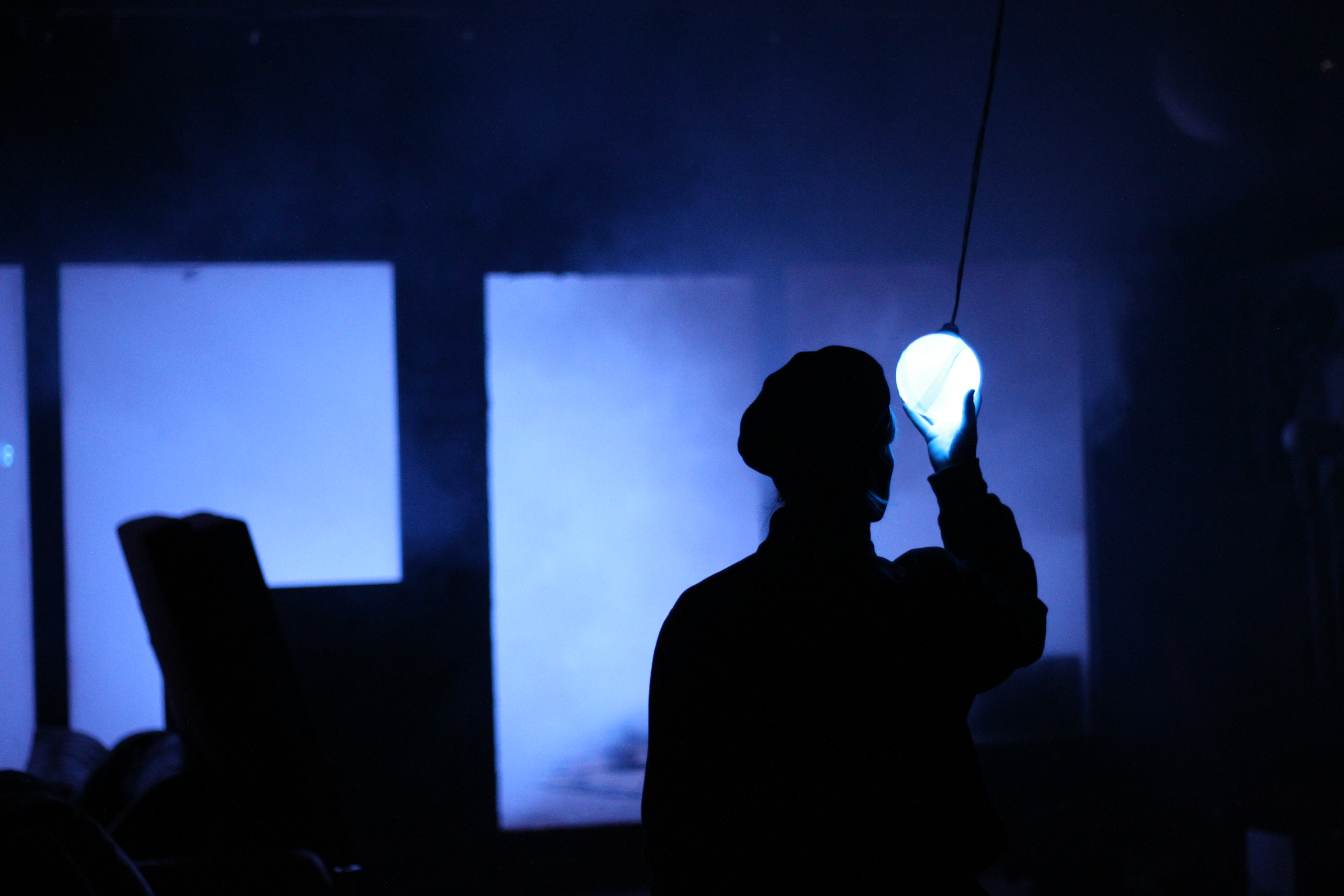
What the Night Teaches Us About Design
What the Night Teaches Us About Design
Notes from the RGS-IBG Annual International Conference
When we think about cities, we often think in daylight. But the night – that other half of the urban rhythm – tells a different story.
At the 2021 RGS-IBG Annual International Conference, I was invited to share my perspective as part of the session “Nightlife Recoveries: Where do we go from here?”. Alongside urban researchers, policymakers and cultural strategists, I spoke about something that, in the midst of numbers and governance models, can easily be overlooked: the space itself. The design. The atmosphere. The feeling.
A Nocturnal Cultural Program
In my talk, I introduced my master’s thesis A Nocturnal Cultural Program, developed at the Royal College of Art in London. It explored the club not just as a nightlife venue, but as a place of encounter, of aesthetic experimentation, of shared experience.
To me, the night is not an absence of light – it’s a space full of possibility. A chance to work with different senses, with softness and edge, with rhythm and stillness.
“The night is a space of play – where colour, light and material can shape how we feel. It invites us to design differently. Sensually. Intuitively.”
And it’s not just for those who go out dancing.Inclusive, accessible, beautifully designed night-time spaces can offer value to everyone. They can be places of pause, curiosity, discovery – open to the whole community.
Culture needs space. And design gives it form.
What others brought to the table was equally important:
Lutz Leichsenring (VibeLab) shared the Global Nighttime Recovery Plan – a practical toolkit for supporting cities’ night-time economies post-pandemic.Riccardo Ramello presented research on nightlife, crime perception and spatial data.Alessia Cibin mapped governance models across cities – from night mayors to bottom-up initiatives.
All of this points to one thing:The urban night is gaining attention – politically, economically, culturally.
But what I wanted to add was this: we must not forget the space itself. The material, the design, the energy it holds. Because the night is more than a time – it’s a setting. And design shapes how we feel within it.
At pinkful, we’re interested in exactly these questions.
How space creates mood.How structure influences culture.And how thoughtful, honest design can make room for connection – even (and especially) after dark.